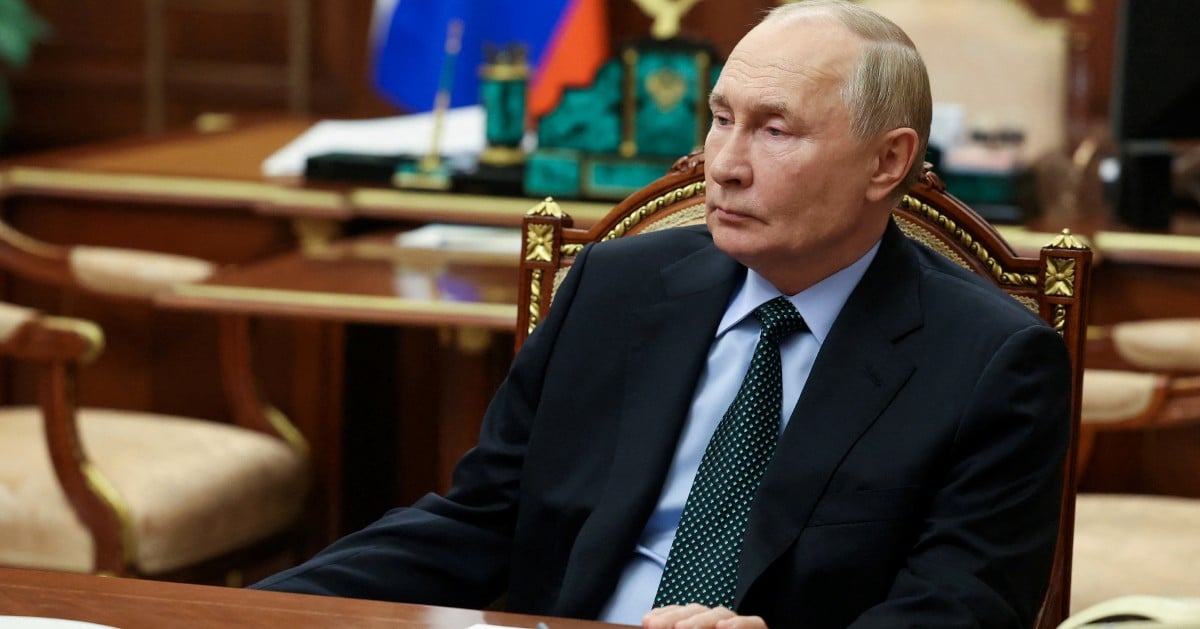

As tensions between the US and Russia escalate over the ongoing conflict in Ukraine, safe-haven assets have seen a significant rally. On November 18, 2024, Russian President Vladimir Putin announced an update to Russia's nuclear doctrine, indicating that the country could consider using nuclear weapons in response to a conventional missile attack from a nuclear power. This announcement came shortly after the US permitted Ukraine to utilize American-made long-range missiles against Russian targets. In reaction to these developments, government bonds and the Japanese yen experienced notable gains, with the yield on the 10-year US Treasury dropping to 4.3648 percent, marking its lowest level in three weeks. The Japanese yen also appreciated by 0.6 percent, reaching 153.69 per dollar. Analysts observed a robust safe-haven trade across various asset classes, including a 0.8 percent increase in gold prices, which rose to US$2634 per ounce. Conversely, European shares faced declines, with the STOXX 600 index falling by 1 percent, and US stock futures for the S&P 500 dropping by 0.5 percent. The market's reaction was influenced by both Putin's nuclear doctrine changes and reports of Ukraine's first strike inside Russia using an ATACMS missile. [8ef09155]
In the context of the ongoing volatility in Treasuries, which have been characterized as the 'world's safest asset,' the recent geopolitical tensions have further complicated the financial landscape. The ICE BofA MOVE Index, which tracks anticipated fluctuations in Treasury yields, has indicated heightened uncertainty in the market. The Federal Reserve's mixed signals regarding interest-rate policy, combined with the surge in US debt issuance, have contributed to this volatility. Traders are closely monitoring key economic indicators, particularly inflation expectations, to gauge the market's direction. [77c0c93d]
The recent developments underscore the intricate relationship between geopolitical events and financial markets. As investors seek safety amidst rising tensions, Treasuries, gold, and other safe-haven assets have become focal points for capital allocation. The volatility in the Treasury market, coupled with the strong US economy and mixed signals from the Federal Reserve, has created a complex environment for investors. The ongoing situation in Ukraine and the potential for further escalation with Russia will likely continue to influence market dynamics in the near future. [eb8331a8]